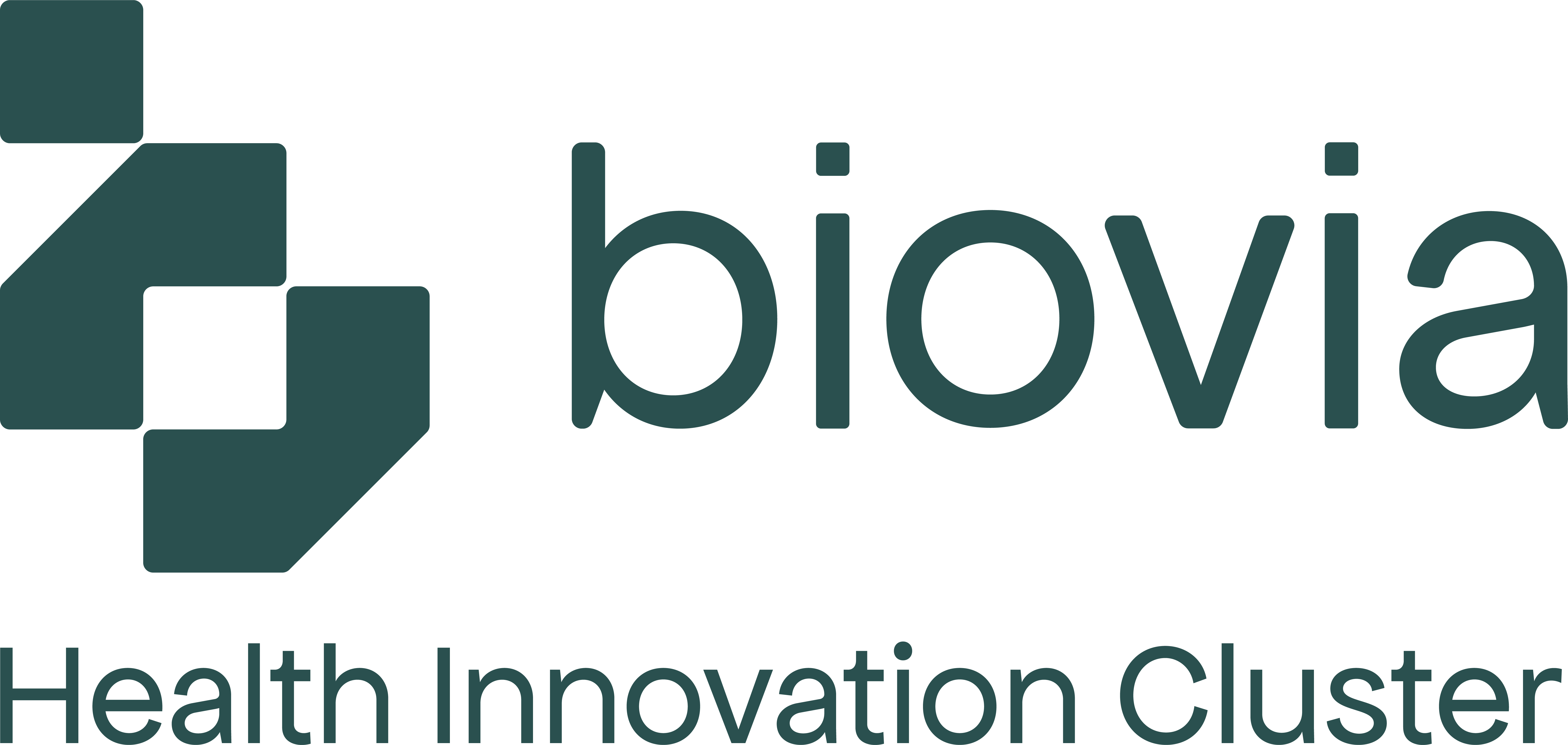EU-backed investor guide unlocks opportunities in CEE health sector
Ghent, 2 September 2025 – Central and Eastern Europe (CEE) combines world-class science, cost advantages and fast-growing healthcare ventures – but too many start-ups still struggle to reach scale. A new investor guide from the EU-funded Healthy Investment Central and Eastern Europe (HICEE) project gives global investors the tools to tap into this underleveraged market.
Led by EIT Health with partners Crowdberry, Biovia, Cobin Angels, Ljubljana University Incubator and the Hungarian Business Angel Network (HunBAN), the HICEE Investor Guide blends market data, regulatory insights and investment frameworks to help investors capture opportunities in biotech, medtech and digital health across Central and Eastern Europe.
Europe’s missing middle
The report finds that while many CEE health and life sciences ventures secure early public grants or angel funding, few can access the Series A/B capital pools. Healthcare companies in CEE raise an average of €1.8 million – compared to €4.1 million across Europe – and attract just 3.9% of the EU’s total VC funding [1].
With few specialist life sciences investors operating locally, many capital-intensive biotech, medtech and digital health ventures simply risk running out of capital before scaling.
“Central and Eastern Europe has the science, the talent and the runway advantage – now it needs more eyes and capital from international investors,” says Biovia International Relations Manager Johan Lecocq. “Unless we fix the funding chain’s missing middle, we risk wasting globally relevant health innovation.”
An underleveraged innovation engine
Despite the gaps, the guide argues CEE offers strategic advantages investors can’t ignore:
- Cost efficiency – Up to 60% lower salaries and lab costs provide start-ups with a substantially longer runway.[2]
- Deep talent pool – Researcher numbers jumped 81% in Poland and 69% in Hungary between 2014 and 2023.[3]
- Clinical trial hub – 75% of FDA-approved drugs in 2023 included CEE trial data, at 30–50% lower per-patient cost than in Western Europe.[4]
- EU market alignment – Harmonised rules for medical devices, clinical trials, and data protection ease cross-border scaling.
Momentum – and urgency
Venture investment in the health and life sciences industry in CEE has tripled since 2020, rising from €83m to €284m in 2024[5], making it the region’s fifth most funded sector. Public-private partnerships, co-investment networks, and government incentives are strengthening the ecosystem, but the report stresses that policy alone won’t close the gap – private capital must step in.
The HICEE investor guide provides practical tools for investors — from due diligence red-flag/green-light checklists and term sheet templates to profiles of angel syndicates, VC funds, and cross-border networks positioned to drive the next growth wave.
The HICEE Investor Guide is available here
---
[1] Invest Europe (June 2025). Research. 2021 Central & Eastern Europe Private Equity Statistics
[2] Glosador, 2025
[3] https://ec.europa.eu/eurostat/statistics-explained/index.php
[5] https://dealroom.co/reports/central-and-eastern-european-startups-2025
---
About HICEE
Healthy Investment Central Eastern Europe (HICEE) aims to boost innovations in Central and Eastern Europe, where start-ups receive only a third of the European average for VC investments. The initiative aims to build sustainable investment ecosystems, increase venture investments, provide support for innovators, and promote cross-border collaborations by addressing the region’s challenges in start-up survival and early-stage funding. It aligns with the European Innovation Agenda to boost competitiveness, job creation, and knowledge transfer, potentially expanding its outcomes to other regions and sectors.
The project has been strategically designed to enhance the capacity of start-up support organisations, such as technology transfer offices, by introducing an innovative methodology. Furthermore, it aims to enrich the trainers’ knowledge, which is expected to impact significantly the success of innovation projects and start-up ventures.
The project is expected to equip start-up support organisations, such as Technology Transfer Offices, with new methodologies and train the trainers who have the potential to impact innovation projects/start-up ventures. Other expected outcomes include vetting health start-ups for investment readiness in international markets and attracting millions in cross-border co-investments. Digital investment handbooks and a white paper on investment policies, published as a part of the project’s commitment to knowledge-sharing, will serve as invaluable guides for investors, contributing to a more informed and empowered investment community.
The project consortium is spearheaded by EIT Health, Europe’s leading network of healthcare innovators, and is supported by EIT, the European Institute of Innovation and Technology, a body of the European Union. The project consortium consists of 10 partners from 7 European countries. This includes EIT Health (DE) as a coordinator, its affiliated entity EIT Health SI (DE) and the primary beneficiaries, namely Civitta (SK), Cobinangels (PL), Crowdberry (SK), EIT Health InnoStars (InnoStars) (DE), Hungarian Business Angel Network (HunBAN) (HU), Ljubljanski univerzitetni incubator (SI), Biovia (BE) and TU Delft (NL). The two-year initiative is strategically implemented under Horizon Europe, a flagship EU research and innovation programme.
